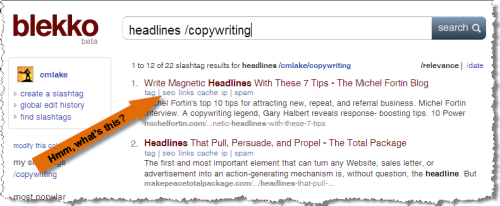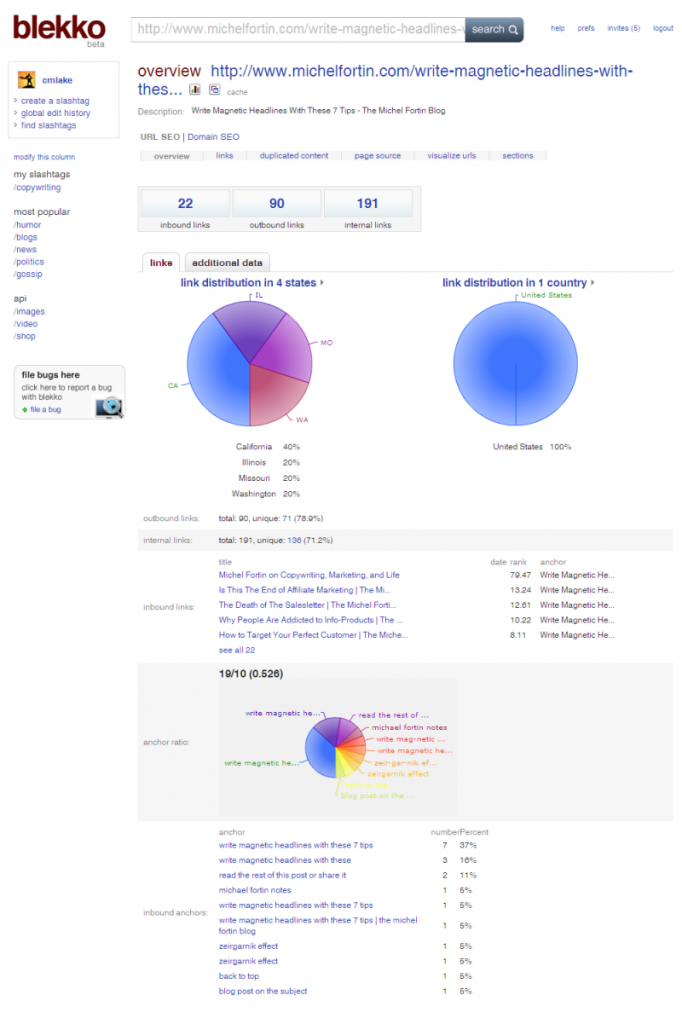A discussion on another site reminded me of the power of customer personas when writing Web copy. I guarantee that using personas will make it easier to write and turn out better results.
What is a customer persona? Simply put, it’s turning your target audience, or ideal customer, into a fictional but fully realistic person. You take cut-and-dried demographics and interest inventories and turn them into a well-rounded fictional character. As you work on the project, you let the persona guide you.
Now, understanding your target audience is no big secret. I would guess about 99 percent of copywriting manuals discuss target audience in the first few chapters.
But if you give your audience research a name and a face, now you’re writing to your one perfect customer.
A name and a face? Yep. Give your persona a name — I like to use funny or self-descriptive ones like “Tex Bigoilman.” Then go to Google and search in Images for someone who looks about right. (This search should be a two-minute diversion, not a day-long procrastination excuse!) Copy and paste the picture into a new document, add the persona’s name, and then write a mini-biography based on what you know about the target audience.
You might think this sounds like a waste of time, but it’s actually a great way to get into your customer’s head. Use your creative imagination and really work out the thoughts, feelings, attitudes, and experiences your persona would have. Try the five senses: what does he like to see, hear, smell, taste, feel? What disgusts him? Then maybe a brief history: where did he grow up? Where did he go to college, and what was his major? (Assuming your persona is that old … students have money and like to buy things too.) What kind of car does he drive? Where does he live? How does he spend his money? Where does he vacation?
Most importantly, what is the difference your product or service is going to make in his life? By the time you get to this question, you should have a pretty intimate feel for your persona. You can make reasonable assumptions about his needs, wants, pain points, and objections to your arguments.
When you’re done, print out the biography page and post it near your monitor, or keep it near your writing area if you like pen and paper. You want to have your new acquaintance in sight while you’re working — staring out at you, constantly reminding you to write to one person, not a vague mass of “visitors.”
You might have a project where multiple personas seem to fit. If possible, restrict yourself to just one at a time. Otherwise you’ll likely lose everyone with an unfocused message. Perhaps separate landing pages for different targets are called for, or segmented mailings.
You can take this exercise to the bank, too. Ask your client if she has already profiled her customers, and if not, maybe you can add customer personas to the scope of work. Even if it doesn’t pan out as billable work, the hour or two you spend up front will save you even more time as you write.
Let me know what you think, and if personas work for you.


